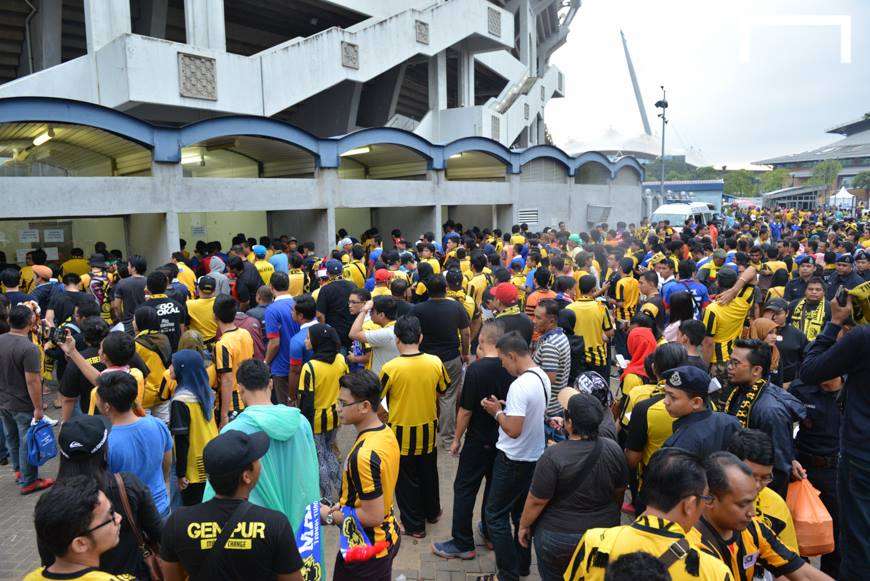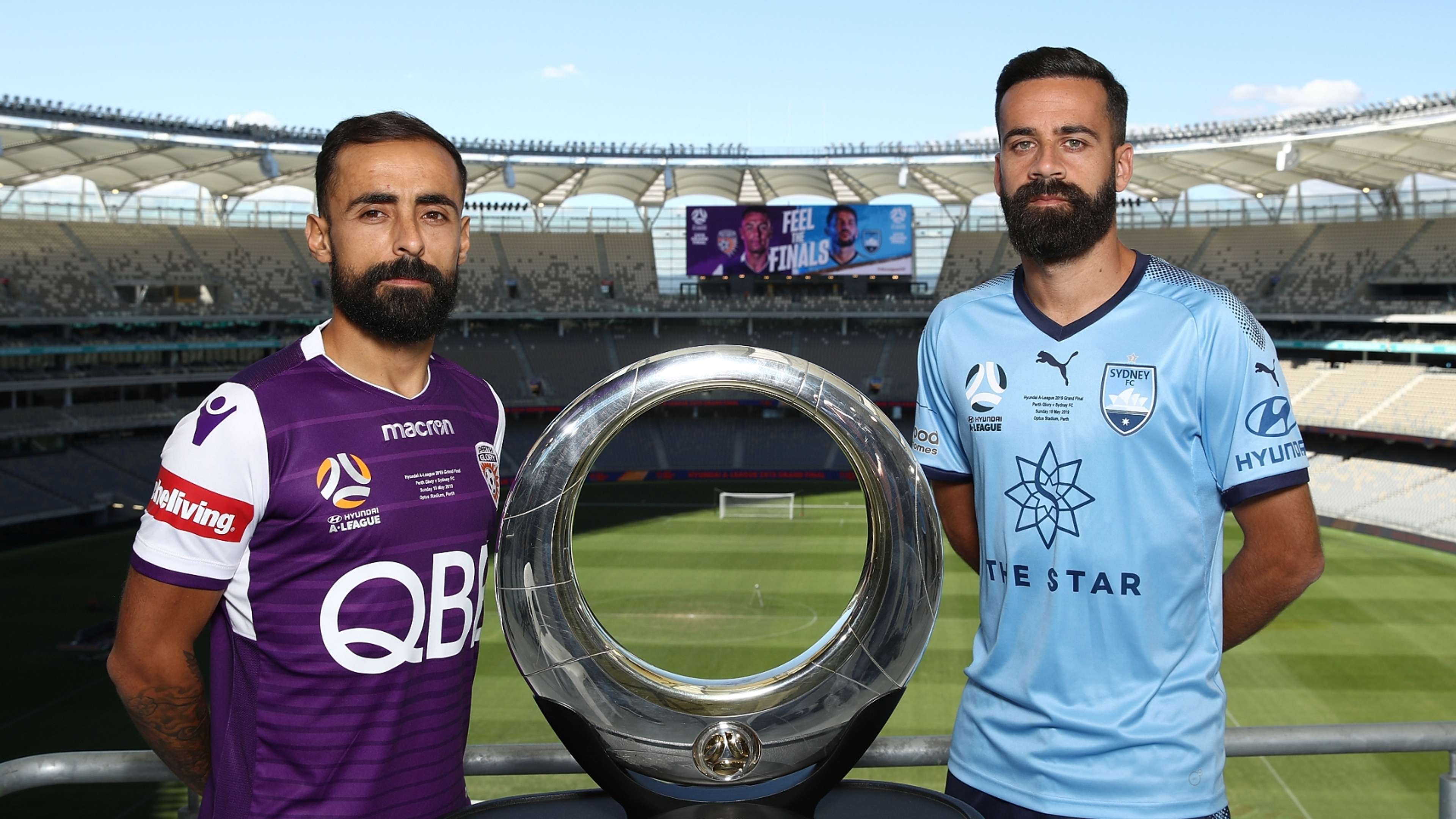This opinion piece is written by Izhar Moslim, a corporate individual and a former Vice President of FA Selangor.
As the world is facing the Covid-19 pandemic, various industries are scrambling to survive. Thousands of businesses will shut down and millions are expected to lose their jobs. Tourism and aviation companies might have to fold up and reset completely.
Sports, and in particular football, a multi-billion dollar industry is not spared globally. Pressure is mounting in all areas; European teams are facing the risk of having to return or not getting funds from broadcasting rights, players are under pressure to accept wage reduction, players unions defending their rights to receive what they have agreed to in their contracts. When money is being put into question, the matter can be a highly sensitive one.
In Malaysia, this represents a timely opportunity to reset the fundamentals, which have been affecting the industry for many years. But many wonder why they have not been dealt with at the roots even when many clubs have failed to pay player salaries. It is very clear that the fundamental issue that needs to be addressed here is the financial sustainability of the teams participating in the league.
In a nation with a population of 30 million, mostly in the B40 and M40 income groups who are faced by numerous financial constraints, football is not going to much money. Tickets and original merchandise needs to be sold at the lowest prices to attract buyers. Even with that, the numbers aren’t encouraging as spending power is low, while competition from other forms of entertainment is extremely high.

Therefore teams in Malaysia need to depend largely on sponsorships to cover their expenses. However, when brand value is not great for a majority of the teams, state funding (if I may put it as subsidies) need to come in at a large scale. When a global pandemic that will inevitably lead to an economic recession breaks out, governments will have to reconsider putting scarce funds into even priority areas that such as healthcare, education and also programmes that spur economic activities. Football unfortunately is not high up on the list.
Which is why it is very important for the Malaysian FA (FAM) and competitions organiser Malaysian Football League (MFL) to take the bull by its horns, capitalising on the footballing downtime brought about by the current crisis to reset the fundamentals that have been plaguing most of the teams in Malaysia, or risk the clubs compounding their financial strain year after year to a point of no return.
Most teams in the Super League run on a budget of between RM15 million to RM20 million a year. For most of them, approximately 70 per cent goes to the salaries of the players. At the same time, it is estimated that every ringgit spent on salaries will only generate RM0.30 for the club via ticket sales, merchandise and proper corporate sponsorship. In European clubs, every dollar spent will generate double of what is spent.
What needs to be done?
Firstly, the salaries of the players need to be readjusted, as this is the highest cost component of clubs. Data clearly shows that the players are not being paid proportionately to the income generated by the club. For example, if clubs bring down the average salary from RM35,000 a month to a decent RM18,000 a month, the wage bill is almost halved and the financial burden of the club will be massively reduced.
An introduction of a form of salary cap will be useful to manage the finances, and also at the same time maintain the competitiveness of the league. MFL and FAM should have a look at how the Japanese J-League did it when they faced a major economic recession in 1990. One example is by setting up various measures including categorised wage structures; ProA, ProB and ProC. Obviously we need to look at how Malaysia needs to adapt this to the local context, but the perimeters are there for us to learn from. Players can still earn high salaries of more than RM60,000, but this group of salary range will drastically reduce and will only be given to a manageable number of players who perform at a high level consistently and have a high marketing and commercial value.
 ©J.LEAGUE
©J.LEAGUE
One good news is that approximately 60 per cent of the players are on a short term one-year contracts, hence this measure can be adopted as soon as the 2021 season. More 'senior' players will have to be 'persuaded' to accept this new structure, or risk not being signed by any club. This move however needs to be a top-down approach because even if some of the clubs would like this to happen, none of them will be able to implement it on their own.
Next, a 'generation leap' will also need to be emphasised to further bring down the cost of running a team. Young players will be more open to accepting a new policy while also at the same time maintaining a high level of hunger to succeed in this profession. MFL and FAM should introduce new policies that will either see lower age averages for the Super League and Premier League teams, or the establishment of a quota of players under a certain age. It is normal in western football leagues to have players making appearances with the first team at the age of 17, but in Malaysia introducing players at the age of 22 is still considered a risk. As a start, perhaps MFL can first introduce this new policy to the feeder teams and also the state leagues, before encouraging and incentivising top tier teams into doing the same after a few years.
Another radical step that might be a game changer is to scrap the Premier League altogether and to organise better state leagues, therefore focusing on only one top-tier national competition. As the Malaysia fan base follows state teams rather than clubs, this step will enable MFL to focus on 14 state teams rather than stretching the resources among 24 teams (12 in the Super League and 12 in the second tier). The clubs are made to compete in the state leagues instead, which costs far less and also helps in the development of more players. Australia focuses only on one top-tier league and they have very strong state leagues; it is not something that is new and has been proven to be a success at the state and also national levels.
 Getty
Getty
One final thing that MFL should consider is the distribution of the funds that they receive from league sponsors. Currently all teams receive the same portion regardless of their performance. What can be done is to structure it in a way so that teams will get the same amount, half of what is allocated, while the remaining half will be tied to their performance in increasing the club brand value and also the league. This includes their commercial activities, community reach, social media engagement and many more aspects. Currently teams that do more of these do not receive any benefit from the league itself. Through this method, teams will be more competitive in trying to increase visibility, resulting in a higher brand value for the teams and the league.
Both FAM and MFL have launched their strategic blueprints (F30 and Next50 respectively) in the past years, and now is an opportune moment to reset and realign the financial fundamentals of the industry so that teams can remain competitive and most importantly survive this difficult time and ride on the upturn when the economy recovers. It needs to take a few steps back, in order to be able to surge forward stronger.
Sources:
- https://en.wikipedia.org/wiki/J.League
- https://www.tandfonline.com/doi/full/10.1080/14660970.2013.792503
- https://www.i-repository.net/contents/outemon/ir/501/501041206.pdf
- https://www.goal.com/en-my/news/mfl-50-year-blueprint/1h0j6ig7m3hz41g92umpen30l4




